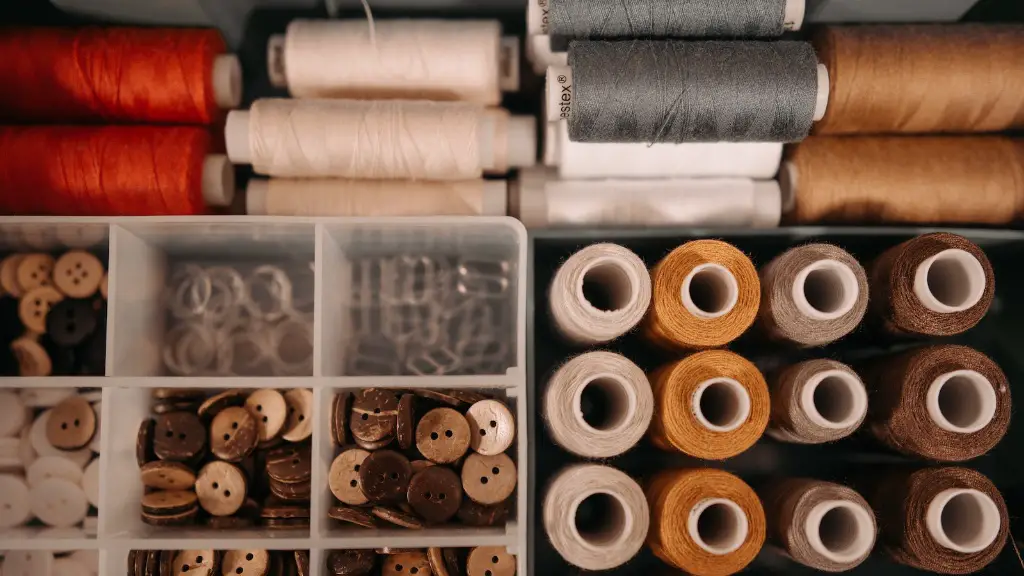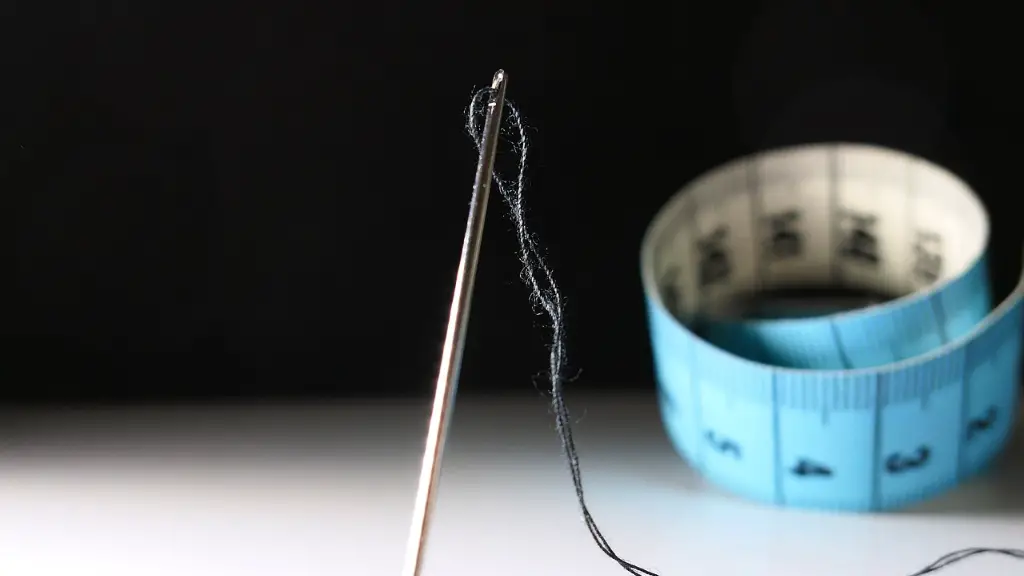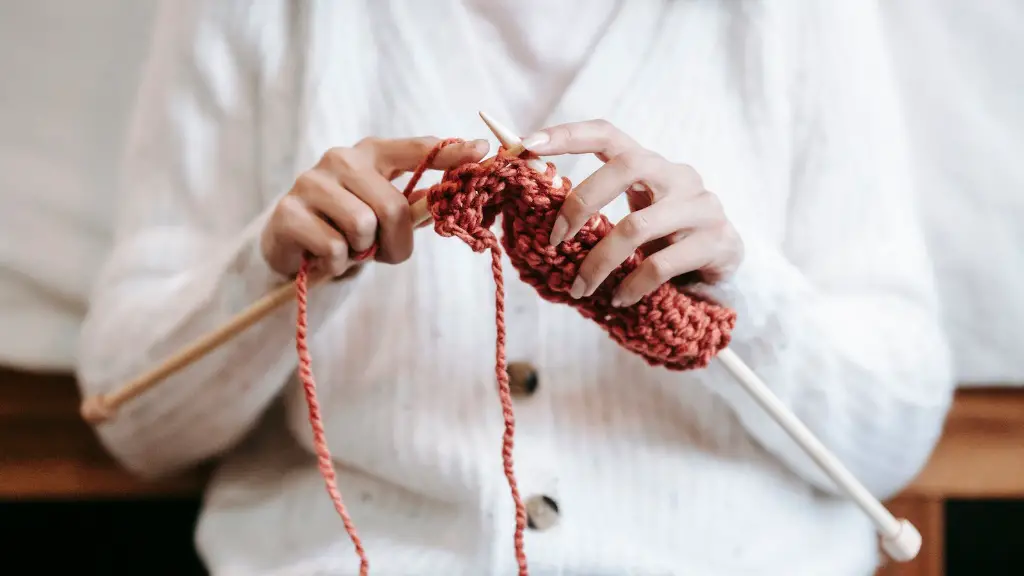Introduction
If you’re looking to learn a new skill, one of the best places to start is with a sewing machine. Sewing can be a rewarding experience, as well as a practical one. It’s a great way to express yourself and to give life to fabrics and designs. Learning about how to use a sewing machine can open up a whole world of creative possibilities. Here’s a step–by–step guide to help you get started.
Gather Your Supplies
The most important thing to have is, of course, a sewing machine. You’ll also need some additional supplies, such as thread, pins, fabric, scissors and a seam ripper. If you plan on doing more advanced projects, like making curtains or upholstery, you may need specialized supplies. Your local fabric or craft store should be able to provide you with the supplies you need.
Set Up Your Machine
Once you’ve gathered all of your supplies, it’s time to set up your sewing machine. Begin by unwinding any extra thread from the machine’s spool. Next, thread the machine’s bobbin. Make sure to follow the manufacturer’s instructions for your machine, as different models may require specific steps.
Test the Machine
After you’ve threaded the bobbin and spool, it’s time to give the machine a test run. Start by placing a scrap fabric under the presser foot. Next, select a basic stitch, such as a straight stitch, and lower the presser foot. Guide the fabric slowly under the foot as you press the foot pedal. The machine should start running without any problems. If it doesn’t, consult the owner’s manual or contact the manufacturer for assistance.
Start Sewing
Now that you’re familiar with the machine and its settings, you’re ready to start sewing. Select the type of fabric that you’d like to use and lay it out on a flat surface. If necessary, use a ruler or marking pen to draw a straight line on the fabric. Align the edges of the fabric with the needle and lower the presser foot. Slowly guide the fabric through the machine until you reach the end of the line. Use the reverse stitch setting to secure the thread.
Adjust the Tension
The tension of the thread is important for the quality of your stitches. If the tension is too loose, the thread may bunch up on the underside of the fabric. If the tension is too tight, the thread may break. To adjust the tension, consult the owner’s manual for your machine. The manual should provide instructions on how to adjust the tension.
Troubleshooting
Sewing machines can be temperamental at times, and it’s normal for some occasional problems to arise. If your machine is misbehaving, the first thing to do is refer to the owner’s manual. If that doesn’t help, consult a professional for assistance. Most sewing machines come with a warranty and a customer support line that you can use for troubleshooting.
Finishing Up
Once you’ve finished a project, it’s time to clean up. Make sure to cut the thread, unthread the bobbin, and rewind the rest of the thread before putting your machine away. If the machine has been used for a while, it may need some additional cleaning. Consult the owner’s manual for instructions on how to properly maintain your machine.
Try Different Features
Once you’re comfortable with the basics of operating a sewing machine, you can start experimenting with different features and stitches. This is a great way to get creative and to make more unique projects. Different models of sewing machines come with different features and options, so it’s important to read up on your machine to learn about all the possibilities.
Create Beautiful Projects
Using a sewing machine can be a therapeutic and enjoyable experience. With some practice and patience, you can create a variety of beautiful projects, from clothing and cushions to quilts and curtains. So, grab your supplies and get started on your next sewing project.


